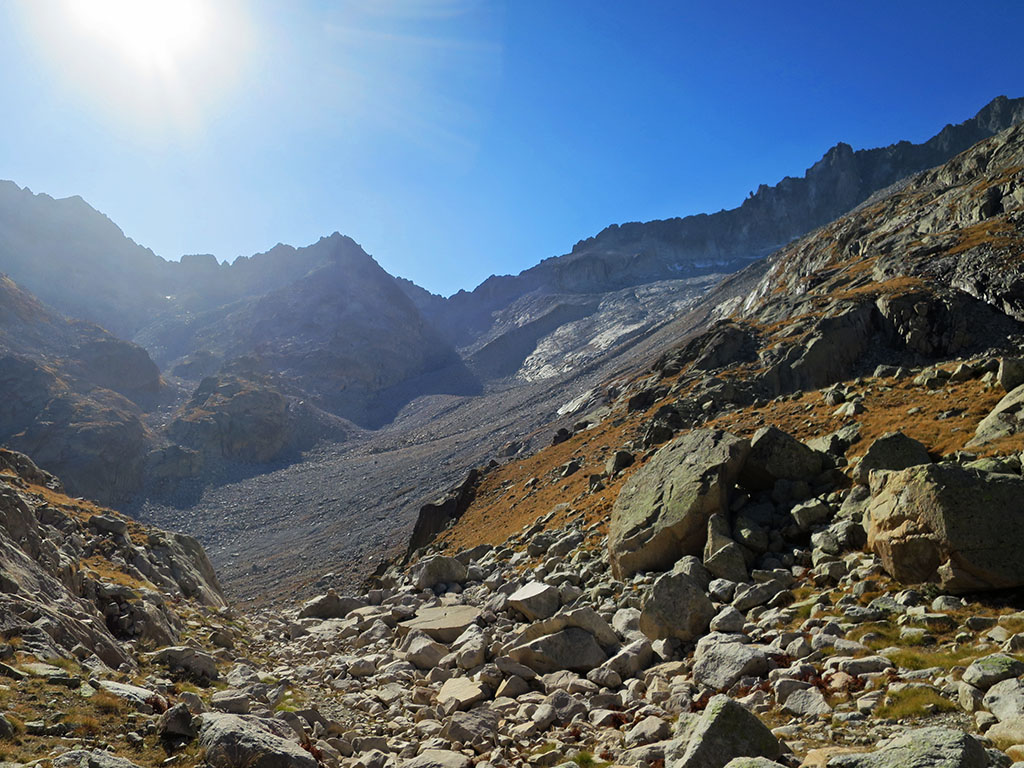Tour of the Aneto. Stage 2: La Renclusa Refuge - Cap de Llauset Refuge

VUELTA AL ANETO >>Stage 1: Senarta Plan - Renclusa RefugeStage 2: Renclusa Refuge - Cap de Llauset RefugeStage 3: Cap de Llauset Refuge - Senarta Plan SUMMARY: This is the most difficult stage. On this second day we finish rounding the northern part of the massif...
